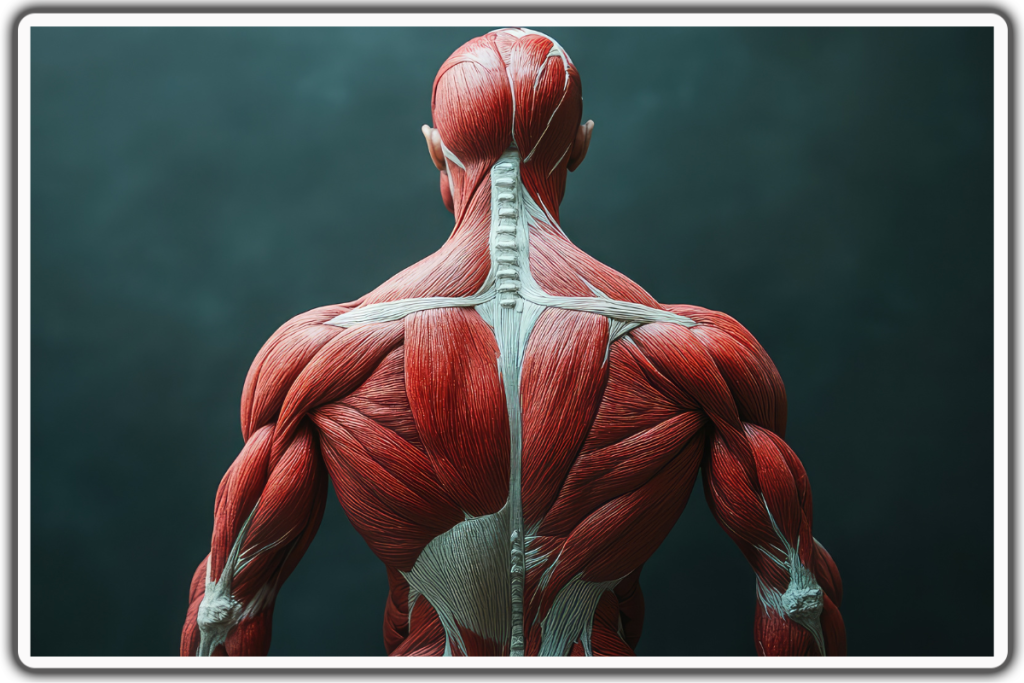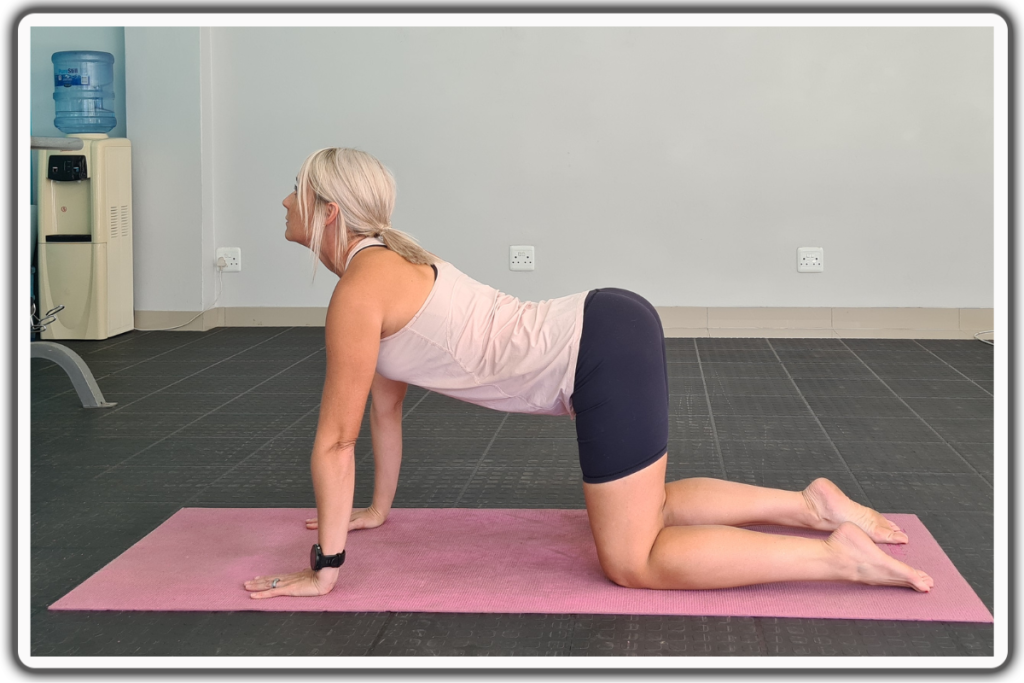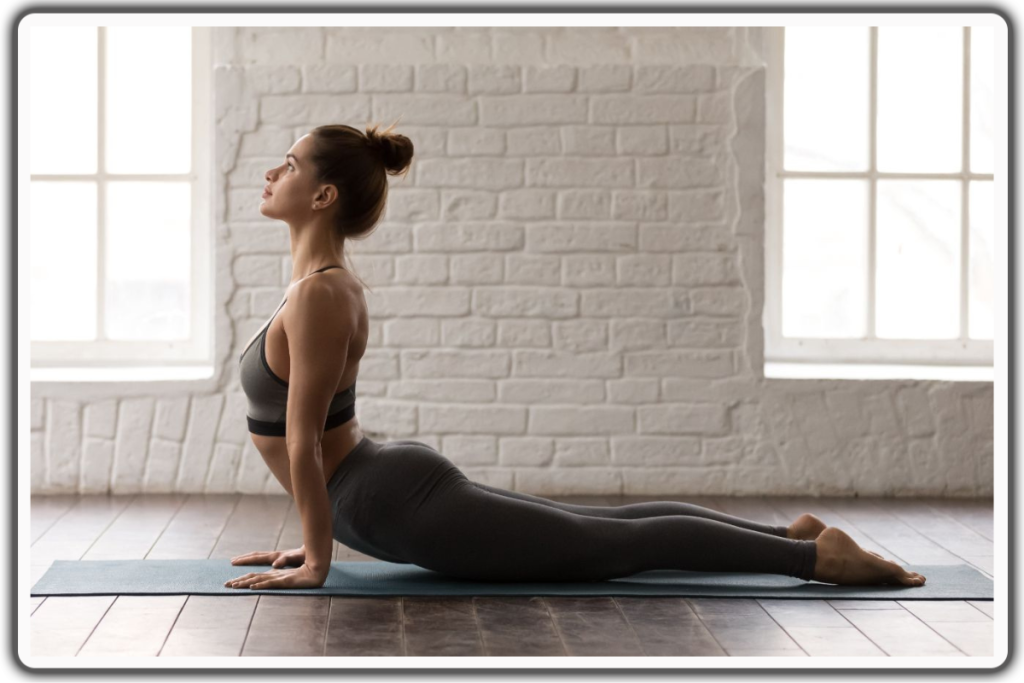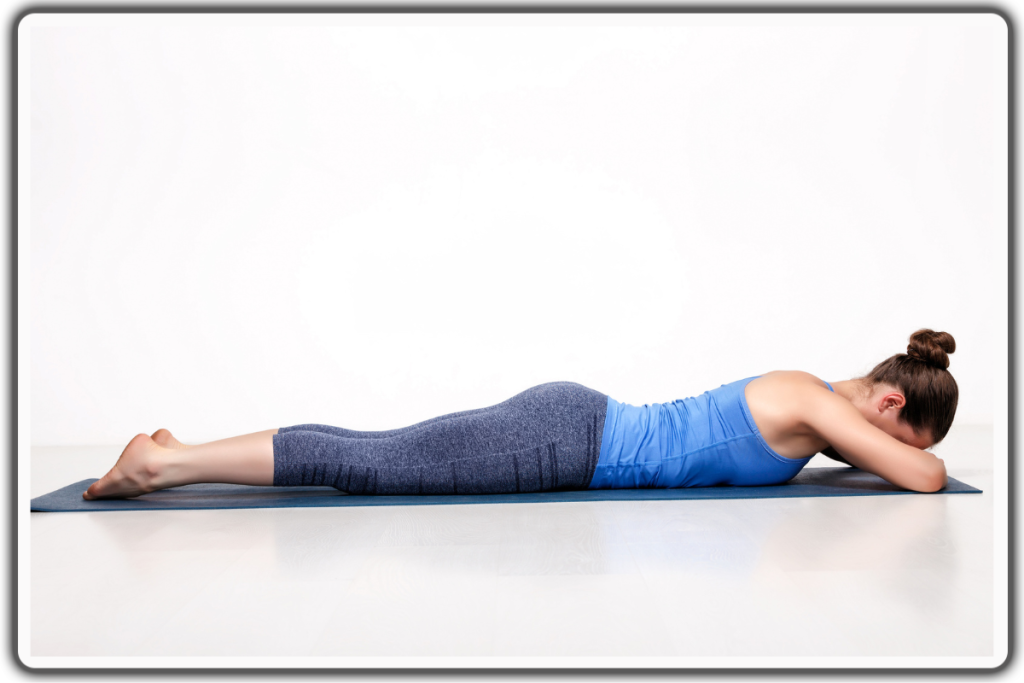
Upper Trap Stretch: The Simple Move That Loosens Tight Trapezius Muscles
If you’ve ever felt that nagging tension between your neck and shoulders, your upper trapezius muscle might be the culprit. These trap muscles run from the base of your skull down to your shoulder blades and across the upper back, supporting your shoulder girdle and neck muscles. When they tighten up often from stress, poor posture, or long hours sitting at a desk it can lead to trapezius pain, stiffness, and even headaches.
That’s where the upper trap stretch comes in. This simple movement can help release tension, improve good posture, and provide noticeable pain relief.
Understanding the Trapezius Muscle

The trapezius is a large triangular muscle covering much of your upper back and neck. It helps move your shoulders, arms, and head.
When your trap muscles become overworked or fatigued, they can develop tightness and strain, particularly in the upper trapezius region near the neck and shoulders. This often happens from repetitive shrugging motions, heavy lifting, or hunching forward over a screen.
If you feel tight traps, a targeted trapezius stretch can loosen those fibers, increase blood flow, and reduce trap pain.
How to Do the Upper Trap Stretch

Starting Position
Sit or stand tall with your feet shoulder width apart and feet flat on the floor.
Keep your shoulders relaxed and maintain good posture, with your chest open and chin gently tucked.
Step-by-Step
Bring your right arm over your head so your palm is facing the left ear.
Gently pull your head toward the right shoulder, keeping your shoulder blades down and relaxed.
You should feel a stretch along the left side of your neck and upper trapezius.
Hold for 20-30 second then slowly return to the starting position.
Repeat on the opposite side using your left hand to pull your head toward the left shoulder.
If you want a deeper stretch, try placing your opposite arm behind your back or sitting on a yoga mat with your hips grounded and knees bent.
Variations and Tips from a Physical Therapist
A physical therapist might recommend incorporating gentle shoulder shrugs or trap stretches between reps. Here are a few ways to enhance your routine:
1- Tabletop Stretch
In a tabletop position (on hands and knees), lift your chest slightly to open the upper body and activate your back muscles. Keep your arms and elbows soft to avoid extra strain. Breathe deeply and hold this position for 15-30 seconds, relax into the stretch, never push into pain or discomfort. If you feel pressure in your neck or shoulders, ease up and reset your body alignment.

2- Cobra Pose
Lie on your stomach with your feet shoulder-width apart, maintaining good alignment with your head, shoulders, hips, and legs. Plant your hands at your sides at chest height. Contract your abdominal muscles and lift your mid-back upward using your arms as support. Hold this position for several deep belly breaths, in through your nose and out through your mouth. Relax and return to the starting position.

3- Crocodile Pose
Lie comfortably on your stomach on the floor or a mat. Stack your forearms in front of you and gently rest your forehead on your wrists. Extend your legs straight behind you, keeping them about shoulder-width apart. Allow your toes to turn inward or outward, whichever feels most natural and relaxing. Close your eyes or soften your gaze. Soften your jaw, forehead, and facial muscles. Let your shoulders and shoulder blades relax completely.
Begin to breathe slowly and deeply, noticing how your belly expands and presses gently into the floor with each inhale.

Repeating these upper trapezius stretches two to three times per day can help loosen tight trapezius muscles and promote relief from daily stress.
Dr. Kelly Starrett, DPT, renowned American physical therapist and mobility coach, emphasizes the importance of daily movement and posture in preventing trapezius pain. Most upper trap tension isn’t caused by heavy lifting—it’s caused by not moving enough. The key is to reset your posture throughout the day and do light upper trapezius stretches regularly. A few seconds of mindful movement every hour can undo hours of stiffness.
Why the Upper Trap Stretch Matters
Consistently stretching your upper trapezius muscle improves mobility across the shoulders, neck, and spine. It reduces tension, increases circulation, and helps you move more freely throughout your day.
Think of it as a reset button for your upper body, one that fights off the effects of sitting, lifting, or simply holding your phone too long.
With regular practice, the upper trap stretch can transform tightness into ease and bring long-term pain relief to your trap muscles, neck, and shoulders.
Final Thoughts
Your trapezius stretch doesn’t have to be complicated. Just a few mindful moments focusing on your breath, posture, and movement can go a long way toward easing trap pain and improving how your body feels.
Grab a yoga mat, find your starting position, and give your trapezius muscles the attention they deserve. You'll notice the difference almost instantly.
FAQs
1. What does the upper trap stretch help with?
It helps release tension in the upper trapezius muscles, reducing neck and shoulder pain, and improving posture and flexibility in the upper back.
2. How long should I hold an upper trapezius stretch?
Hold each stretch for about 15–30 seconds on each side, and repeat 2–3 times for best results.
3. Can I do the stretch every day?
Yes! Doing it daily, especially if you sit long hours or experience tight traps, helps loosen muscles and prevent stiffness.
4. What if I feel discomfort while stretching?
You should feel gentle tension, not pain. If discomfort increases, ease off the pull, check your posture, or consult a physical therapist.
5. Do I need equipment for the upper trap stretch?
No equipment needed—just a yoga mat or chair for comfort. You can do it standing or sitting, making it ideal for home or office.
KW References:
1- Trapezius Muscles - https://www.sciencedirect.com/science/article/abs/pii/0268003394900574
2- upper trapezius - https://pmc.ncbi.nlm.nih.gov/articles/PMC4776923/
References
1- Anatomy and actions of the trapezius muscle
Author links open overlay panel
G. Johnson PhD 1, N. Bogduk PhD 2, A. Nowitzke MB, BS 2, D. House MIAS 2
https://doi.org/10.1016/0268-0033(94)90057-4
2- Glob J Health Sci. 2012 Jul 15;4(5):46–52. doi: 10.5539/gjhs.v4n5p46
Management of Myofascial Pain of Upper Trapezius: A Three Group Comparison Study
PMCID: PMC4776923 PMID: 22980377
